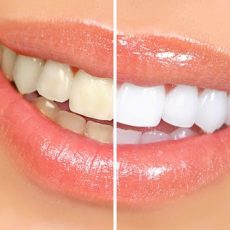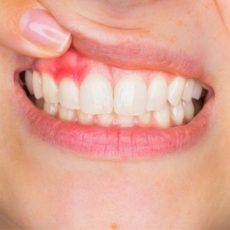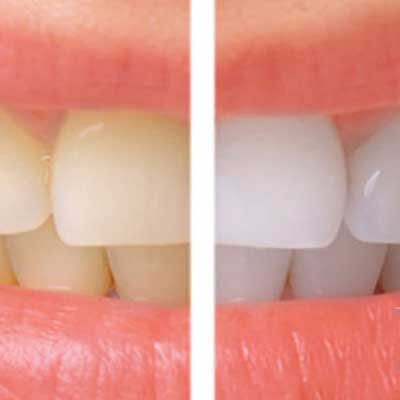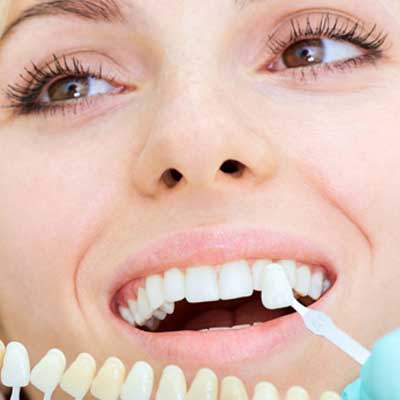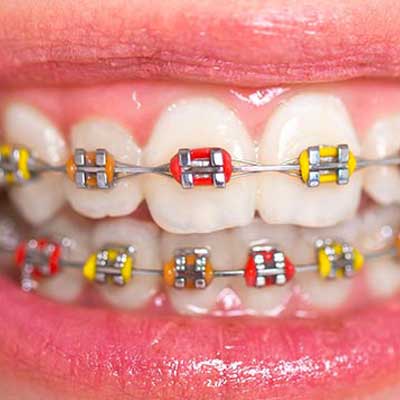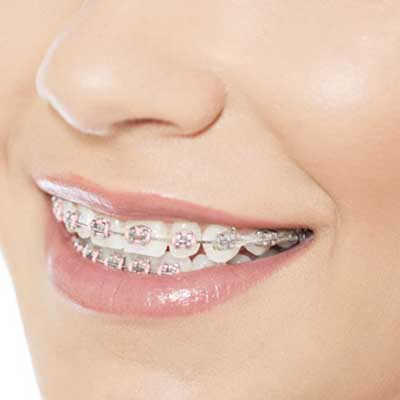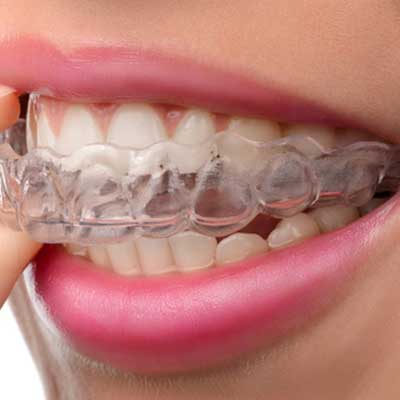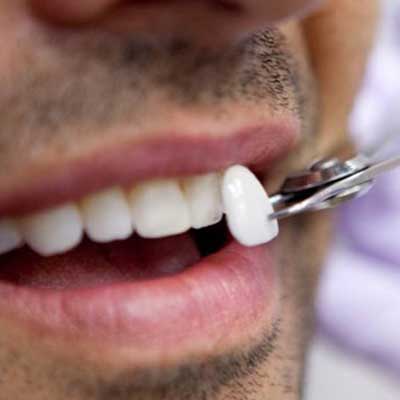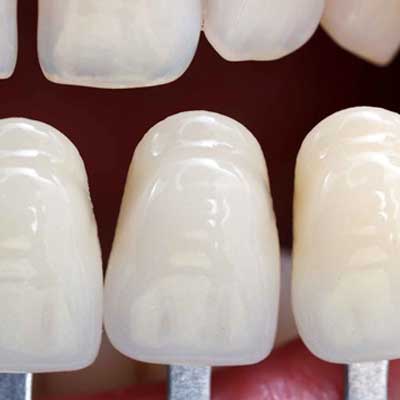Blog > Oral Surgery > Cortical Lamina Technique Reinforced With Growth Hormone
Cortical Lamina Technique Reinforced With Growth Hormone
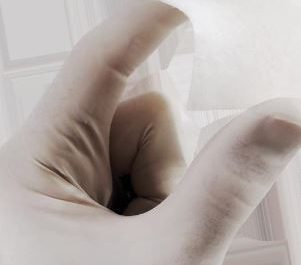
Some techniques are available to induce synthesis of new bone in case of resorption in jaw bones.
- Directed Bone Regeneration
- Autogeneous block bone graft obtained from the patient.
- Box technique
- Cortical Lamina Technique.
All those techniques produce successful outcomes, if they are performed at appropriate conditions. Here, the long time interval, 6 to 9 months, required for new bone formation mostly tires our patients. Cortical lamina technique reinforced with growth hormones is preferred as it enables new bone formation more quickly. Comparing to old techniques, such as Box technique, the earlier bone formation, such as 2 to 3 months, or in other words, the shorter treatment period brings this technique to the fore.
How is Cortical Lamina Technique performed?
Blood of the patient is drawn for the cortical lamina technique and the blood is separated with two methods, namely A-PRF and L-PRF. In L-PRF, a small amount of bone is obtained from the patient and mixed with bovine bone. This bone graft is applied to the patient with A-PRF. The most remarkable obstacle for the bone formation is the connective tissue infiltration or in other words, the resorption of the graft before it stiffens, as the own gum of the patient infiltrates the bone graft. Therefore, the bone graft should be prevented by a resistant substance that acts like a “tent”. Cortical lamina, a special graft made of the cortical bone, is adapted to the intended area. Thus, bone formation is quickly achieved.
You May Also Like
How Clean are Your Teeth?
Suggestions for Gum Health
Professional Teeth Whitening Cost in Turkey
Porcelain Crown in Turkey
Braces Teeth
Braces Cost
Invisalign Cost
Veneers Cost Around the World
How Make Porcelain Veneers
APPOINTMENT FORM
Please Fill The Form To Make An Appointment With Dentram Dental Clinics Specialists

